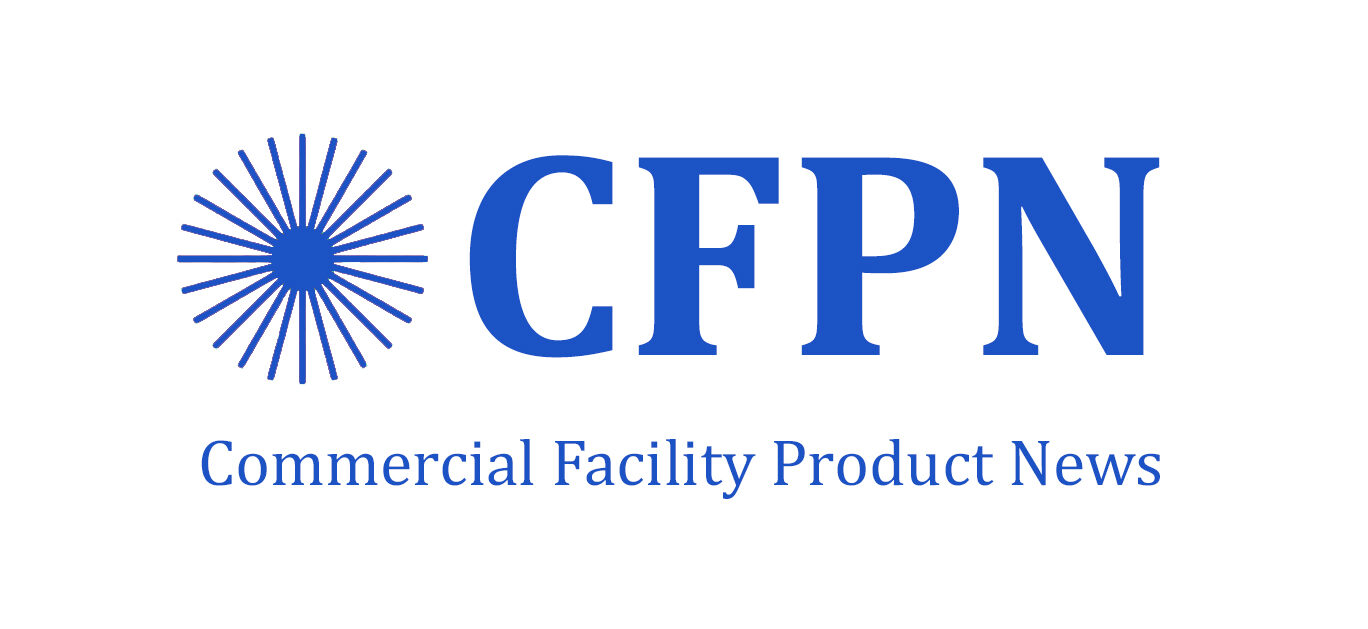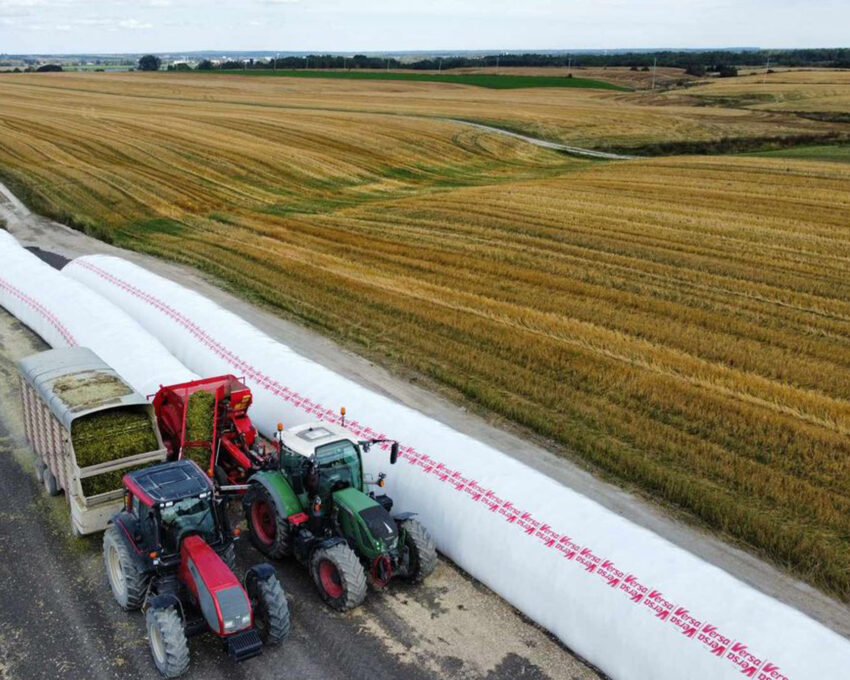For farmers, feed management goes beyond storage—it’s a strategic way to cut costs while improving nutrition, herd health, and milk production. With feed making up more than half of operating expenses, optimizing its handling can drive major savings.
Bagging silage, known for reducing waste, also brings broader benefits. Farms adopting the process are producing higher-quality feed more efficiently. Compared to traditional silos or pits, bagged silage better preserves feed quality. Though the upfront cost of bagging systems is higher, the long-term gains go far beyond reducing feed loss. These systems maintain nutritional value, improve reproductive performance, lower labor needs, and provide flexible storage—creating potential new revenue streams.
What seems like a simple equipment upgrade for bagging silage can actually become a long-term strategy for boosting profitability. For farmers looking for higher profits, here are ten powerful ways that bagging can deliver lasting value across their entire operation.
Reducing Silage Loss Up to 30% Saves Farms $4,500-$45,000/Year
Traditional silage storage methods can result in spoilage losses of up to 30% due to oxygen exposure. By switching to bagged silage, farmers can reduce shrinkage significantly. A properly bagged silage system minimizes daily exposure to air, ensuring faster consumption and preserving nutritional value. Even at a conservative 15% reduction in losses, the financial savings can be substantial, amounting to tens of thousands of dollars annually.
More Retained Nutrients = Less Feed Needed
Bagged silage better preserves nutrients by limiting oxygen exposure, reducing the risk of mold and yeast growth. This leads to higher energy and protein retention, allowing farmers to feed less while maintaining optimal nutrition. Improved fermentation processes also result in higher lactic acid content, enhancing digestibility and nutrient absorption, ultimately improving livestock health and productivity.
Longer Feed Life
Cows naturally prefer fresher feed, and long-term storage in conventional bunkers often leads to spoilage and waste. Bagging silage keeps feed fresh for longer periods, reducing waste and ensuring more efficient feed utilization. This translates to cost savings as more of the feed is consumed rather than discarded.
Improved Herd Health
High-quality, well-preserved silage supports better overall herd health. Many dairy producers who have adopted silage bagging report noticeable reductions in veterinary expenses and treatment costs. Enhanced nutrition from properly stored silage leads to stronger immune systems and better milk production, contributing to improved herd performance.
Improved Breed-Back, Conception, Reproduction
Proper nutrition plays a key role in reproductive efficiency. Delays in breed-back can result in significant financial losses. High-quality silage supports optimal reproductive health, reducing breed-back intervals and increasing conception rates. Studies have shown that bagged feed lowers exposure to toxins, which helps improve fertility and overall herd productivity.
Improved Feed Management Brings Additional Savings
Silage bagging offers greater flexibility in managing different feed types, reduces labor costs, and enhances operational efficiency. Farmers can store multiple crops in a single bag, allowing for a more tailored feeding approach. The method also accommodates varying moisture levels, ensuring consistency in feed rations. Additionally, high moisture corn silage can be effectively stored in bags, reducing reliance on expensive dried grain.
Expanded Storage Options Go Beyond Silage
Beyond silage, bagging provides an efficient solution for storing excess grain and feed byproducts such as beet pulp, tomato pulp, and spent grain. This prevents spoilage, extends shelf life, and allows farmers to store surplus feed until market conditions improve, thereby maximizing financial returns.
Bagging Versus Fixed Structures
While traditional storage methods like bunkers and silos may seem cost-effective initially, they come with hidden expenses, including spoilage losses, property taxes, and ongoing maintenance. Bagging silage eliminates these issues by providing scalable, flexible storage with lower long-term costs. Additionally, it offers a safer and more efficient alternative, minimizing labor and feed-out inefficiencies.
Bagging Silage Can Eliminate Baling
Switching from baling to bagging can improve efficiency, reduce labor demands, and enhance feed preservation. Bagging allows for more frequent harvests without requiring perfect drying conditions, resulting in higher yields and better nutrient retention. It also reduces fire risks associated with baled feed storage, further improving safety and cost-effectiveness.
Creative Financing, Revenue Opportunities
The mobility of bagging equipment enables cost-sharing and revenue generation through contract services. Farmers can rent or share bagging equipment, lowering investment costs while offering silage bagging services to other producers. When factoring in savings from reduced feed loss, labor, and spoilage, silage bagging emerges as a cost-effective, profitable strategy for farming operations.
By adopting silage bagging, farmers can realize substantial financial and operational benefits, improving feed efficiency, herd health, and overall profitability.
For more information, call (800) 837-7288 or visit versacorporation.com.

